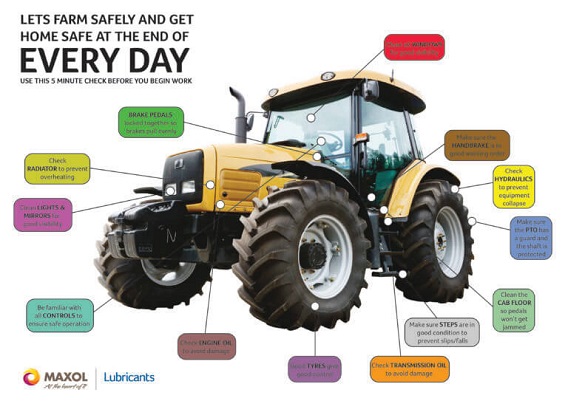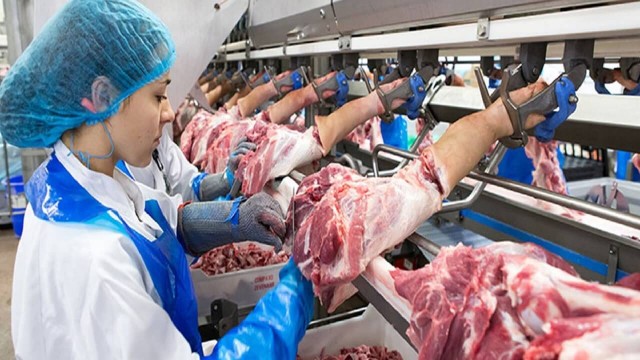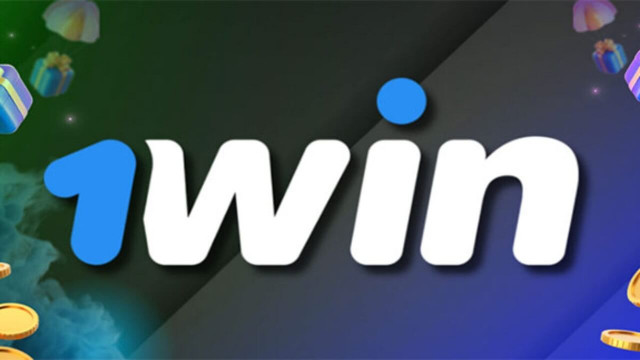
Tractor Safety Tips
February 13, 2018, 12:46 pm
The vast majority of serious tractor accidents are caused because of not adhering to tractor safety tips such as inexperienced operators, speed, lack of concentration, gradient, unguarded parts and the poor mechanical condition of the tractor.
Tractor Safety Tips
The first steps in trying to prevent accidents are to make sure that the machine is in a sound condition and that the operator has adequate experience to complete the task.
We’re all busy with lots of important jobs to do around the farm. However, we should still be able to perform a five minute check before we begin our work.
The five minute check should include:
- Engine oil – avoid engine damage
- Transmission oil – avoid damage
- Tyres – good tyres give good control
- Steps into the cab – to prevent slips and falls
- Handbrake – prevent tractor rolling when on an incline
- Hydraulics – to eliminate the risk of equipment collapse
- Clear cab floor – to avoid the risk of pedals jamming
- Clean all windows for good visibility
- Brake pedals locked together to ensure that the brakes pull evenly
- Radiator – to prevent overheating
- Check lights and mirrors for viability
- PTO protected – the PTO must have a guard and the shaft must be covered.
Human error
Simple human errors are a huge factor in the number of farm accidents, including: the operator forgot something; took a shortcut or risk; ignored a warning light; was not paying close attention; failed to follow safety rules; or did not maintain the machine in a safe condition.
There are many different kinds of farm machinery – mowers, tractors, harvesters, augers, slurry spreaders and balers – but they all have similar characteristics and hazards.
Competent drivers should always follow the ‘Safe Systems of Work’ protocol:
- Know all of the controls – this is vital to operating safely;
- Use the seat belt (if provided);
- Always give the task 100% of your concentration – it’s important to keep your mind on the job;
- Safely entering and dismounting the tractor – have a good footing, using the handhold and don’t jump off;
- If you sense any danger, stop the tractor;
- Correct speed – be cautious and adjust the speed to allow for the conditions at hand.
This practice will eliminate the majority of unnecessary accidents around the farm. When you are finishing your work on the tractor, there are also a number of steps you should follow.
Steps to follow when finishing your work:
- Bring the tractor to a stop at a safe pace
- Apply the handbrake
- Disengage the transmission
- Lower the implements
- Turn the engine off
- Remove the key from the ignition
- Exit the cab safely.
To avoid the risk of accidents occurring, there are a number of things that farmers, contractors or anyone working with tractors should never do.
Do not do any of the following:
- Do not use faulty equipment – it’s important to report suspect machinery immediately
- Never start or operate levers from anywhere other than the seat
- Do not operate or idle the engine in a non-ventilated area
- Do not operate near ditches, holes or embankments, which may collapse under the tractor’s weight
- Do not operate on excessively steep terrain
- Do not allow any person other than the driver to ride on the tractor
- Do not dismount while the engine is running unless the tractor has completely stopped, the transmission is in the park position and the parking brake is fully engaged.
Let’s farm safely and get home safe at the end of every day.

[Ed. Note: This is a Maxol sponsored post. Learn more about Maxol here]












Share This Article: